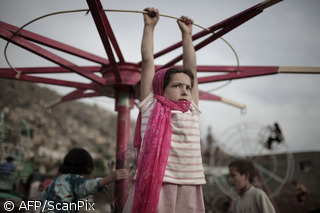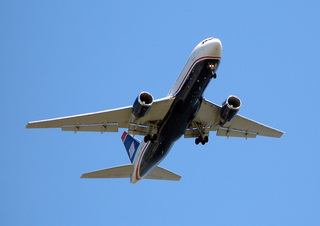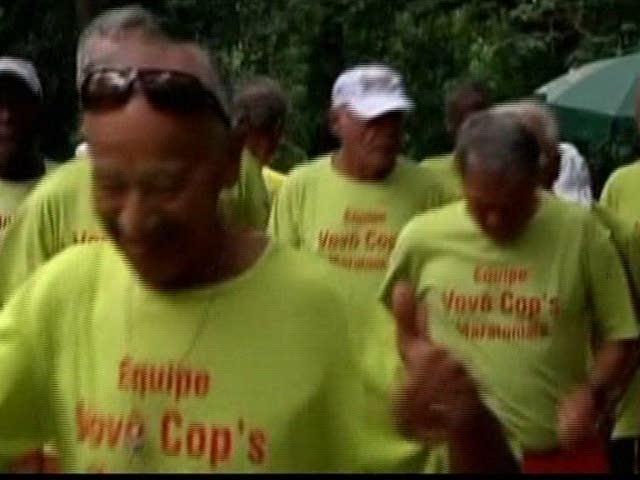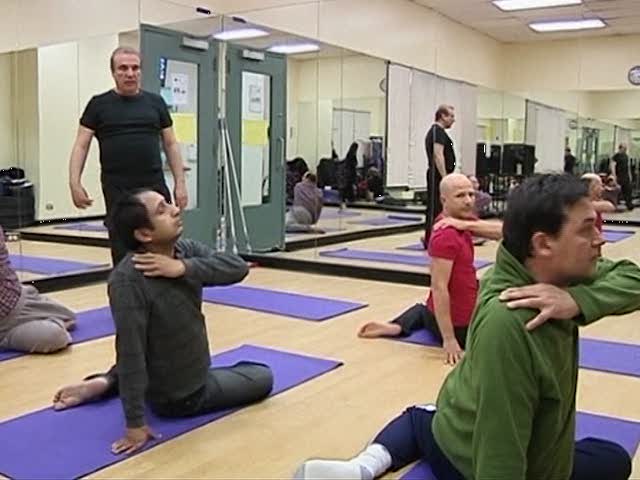Touted by the East German leadership as a barrier against "fascist provocation," the Wall was really an attempt to stop waves of skilled workers and educated people leaving a repressive state
Published:
10 November 2004 y., Wednesday
Touted by the East German leadership as a barrier against "fascist provocation," the Wall was really an attempt to stop waves of skilled workers and educated people leaving a repressive state. Around 3 million fled between 1945 and 1961, when the Wall went up. In time, it became etched in the Western consciousness as a symbol of inhumanity. More than 100 people were picked off by border guards while trying to escape; dozens of others were killed by mines.
However, by November 9, 1989, deep political shifts had prepared the ground for an earthquake. Leader Erich Honecker had been forced to resign and 4 million people had demonstrated for democracy. On that momentous day, the government's spokesman Guenther Schabowski announced that East Germans could go to West Germany if they applied for a visa.
Within minutes, people swarmed around the wall's border posts in what amounted to a siege. At midnight, they broke through to West Germany. That sounded the death knell for the Cold War and set the stage for German reunification a little more than a year later. But 15 years on, a very different kind of mass mobilisation took place. The demonstrations in Leipzig this August highlighted the economic plight of the former East German regions, where unemployment is double that of the western part.
When the old regime collapsed, many skilled workers found themselves on the wrong side of supply-and-demand economics.
Šaltinis:
euronews.net
Copying, publishing, announcing any information from the News.lt portal without written permission of News.lt editorial office is prohibited.
The most popular articles
 Every year 10 000 people lose their lives due to landmines.
more »
Every year 10 000 people lose their lives due to landmines.
more »
 Frustrated by the technical explanation of the nuclear crisis in Japan, artist Hachiya Kazuhiko creates cartoon character "Nuclear Boy" for clarification.
more »
Frustrated by the technical explanation of the nuclear crisis in Japan, artist Hachiya Kazuhiko creates cartoon character "Nuclear Boy" for clarification.
more »
 A Polish collector discovers a photo believed to be of Frederic Chopin taken just after his death in 1849.
more »
A Polish collector discovers a photo believed to be of Frederic Chopin taken just after his death in 1849.
more »
 EGNOS-for-aviation, a satellite navigation service launched on 2 March 2011, will increase flight safety, reduce delays and open up new destinations.
more »
EGNOS-for-aviation, a satellite navigation service launched on 2 March 2011, will increase flight safety, reduce delays and open up new destinations.
more »
 Worker finds two time capsules amid earthquake rubble in Christchurch as search and rescue teams continue to comb through debris from the New Zealand earthquake.
more »
Worker finds two time capsules amid earthquake rubble in Christchurch as search and rescue teams continue to comb through debris from the New Zealand earthquake.
more »
 A group of elderly men in Brazil have taken up running as they race disease and old age.
more »
A group of elderly men in Brazil have taken up running as they race disease and old age.
more »
 "Taxi Yoga," a new exercise class for taxi drivers, helps stretch away the stress of driving a cab in New York City.
more »
"Taxi Yoga," a new exercise class for taxi drivers, helps stretch away the stress of driving a cab in New York City.
more »
 Twenty-five rescued circus lions leave Bolivia for a new life at a U.S. animal sanctuary.
more »
Twenty-five rescued circus lions leave Bolivia for a new life at a U.S. animal sanctuary.
more »
 Colombian flower growers prepare rose exports for Valentine's Day and hope to reap profits despite a strengthening peso.
more »
Colombian flower growers prepare rose exports for Valentine's Day and hope to reap profits despite a strengthening peso.
more »
 Mexican animal rights activists coat their bodies in fake blood to protest bullfighting.
more »
Mexican animal rights activists coat their bodies in fake blood to protest bullfighting.
more »